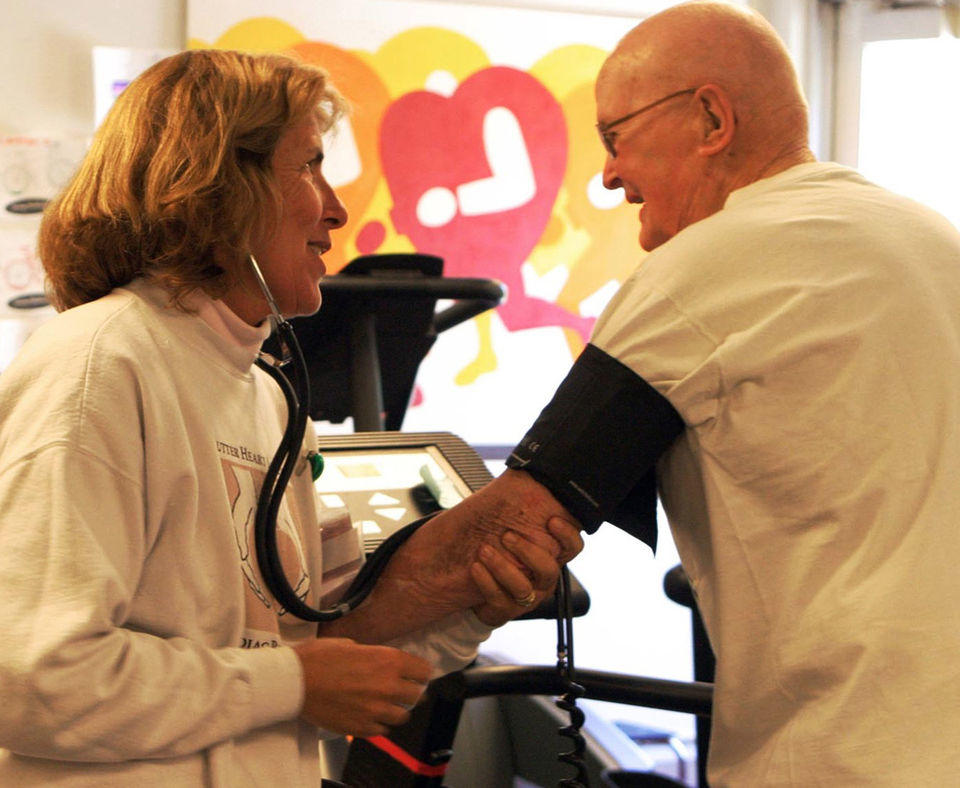Blogrige
The Official Baldrige Blog

Used with permission.
It may not surprise anyone that Baldrige Award-winning Sutter Davis Hospital is on the 2016 list of “Best Places to Work in Health Care” recognized by Modern Healthcare.
The 2013 Baldrige Award recipient has made its “Culture of Caring” the foundation for excellent results in all key areas.
In fact, the high-achieving hospital considers its Culture of Caring to be its core competency. Following are highlights from the profile of Sutter Davis Hospital on the Baldrige Performance Excellence Program’s website:
- The Culture of Caring is reinforced through senior leaders’ dedication to safe patient care, an engaged workforce and the community. Annual goals and action plans create accountability for the delivery of a consistently positive patient experience. This accounts for the hospital’s solid clinical quality ratings and outcomes and its strong position as a preferred place to work and practice medicine.
- Sutter Davis Hospital demonstrates high standards for work and process efficiency. For example, the average door-to-doctor time in emergency has decreased from 45 minutes in 2008 to 22 minutes in 2012, well below the California benchmark of 58 minutes.
- An organizational focus on people is reflected in Sutter Davis Hospital’s employee satisfaction and engagement scores, which exceed the top 10 percent of marks in a national survey database. Physician satisfaction shows sustained improvement over the past three years, increasing from 80 percent to 90 percent, and attaining Press Ganey top 10 percent performance in 2011 and 2012.
- Measures of workforce climate at Sutter Davis Hospital exceed targeted goals of Sutter Health (the parent organization). Employees have rated workforce health, safety and security at 100 percent from 2008 to 2012. Employee perceptions of safety exceed national top 10 percent benchmarks as measured in the hospital’s annual Culture of Safety survey.
How Sutter Davis Hospital builds an effective and supportive workforce environment and engages its workforce to achieve a high-performance work environment (the basic requirements of category 5 of the Baldrige Health Care Criteria for Performance Excellence) are described in a summary of the organization’s 2013 application for the Baldrige Award, which is publicly available on the Baldrige Program website (see the PDF).
As that document indicates, benefits for Sutter Davis Hospital employees have included discounted daycare, tuition reimbursement, employee discounts at health clubs and amusement parks—and health insurance that expanded to include pet insurance and identity theft coverage based on employee feedback In the following excerpt, Sutter Davis Hospital (SDH) describes five approaches supporting its winning culture:
Organizational Culture.
SDH fosters an organizational culture characterized by open communication, high performance, an engaged workforce and ensures our culture benefits from the diversity of our workforce via the following mechanisms:
1. CULTURE OF CARING classes: Quarterly, all new workforce members at SDH attend the CULTURE OF CARING class. This four-hour class orients new employees to the Sutter Davis Difference, including the Mission, Vision, and Values (MVV), STANDARDS OF BEHAVIOR, professionalism, patient satisfaction, and key resources for the workforce.
2. Just Culture: The Just Culture process was instituted after receiving the results from our Culture of Safety survey. The Just Culture Algorithm systematically allows us to identify needed process improvements, hold employees accountable for their choices while at the same time encouraging an open learning culture. It shifts the focus from errors and outcomes to system design and behavioral choices.
3. Round the Clocks: In order to further deploy the Sutter Davis Difference and MVV to all workforce members and to ensure SDH is communicating at all levels; the ATeam schedules quarterly Round-the-Clocks to meet with the workforce. All shifts are visited in Round the Clock meetings, during which the A Team focuses on rewarding and recognizing success, engagement and communicating key messages. In addition, volunteers receive information at least semiannually through the Volunteer Update Meeting.
4. Interdisciplinary Practice Councils (IPCs): The IPCs allow the workforce to contribute their diverse ideas, skills and abilities to improve the workforce and patient’s experience. Open communication in the IPCs creates a work environment that promotes respect, sharing common goals, and having a voice in patient care and work environment decisions.
5. All Staff Assembly: As a cycle of improvement, SDH began inviting all workforce members, to an annual All Staff Assembly. In a three-hour session designed to be informative, engaging, inspiring and entertaining, A Team members deploy messages related to the Sutter Davis Difference, the MVV, the Strategic Planning Process, the DASHBOARD and PILLAR performance.
About the author
Related Posts
Comments
- Reply





